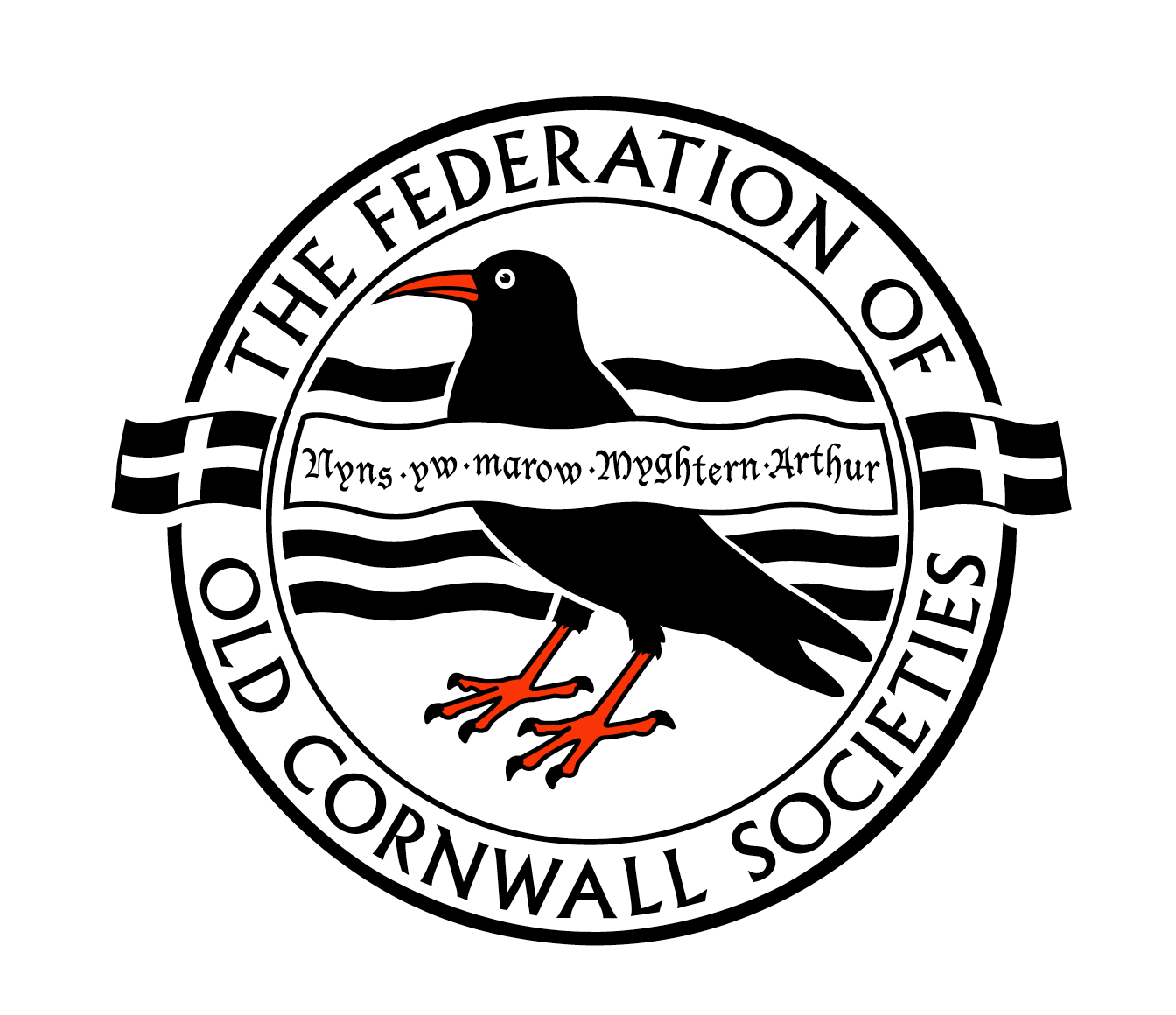The St Aubyns of Clowance by C A Evans
There are, to my mind, few spectacles in Cornwall today more saddening than the sight of so many of its country estates, formerly the flourishing and dignified homes of worthy Cornish families, now fast falling into decay, a grim result of the reordering of social conditions following the two world wars and the loss of many Cornish families. Clowance is a notable example of the ruthless turn of the wheel of progress. For nearly five hundred years the St. Aubyn family resided at Clowance in wealth and honour; now their days are no more.
This "gentle and knightly family", as Hals calls them, are amongst the few examples of eminent Cornishmen who, like the Bevills, Grenvilles, Lanyons, Chamonds, Bassets and others, were of Norman or at least French origin. Their first English home seems to have been in Somerset, and here, in the middle of the fourteenth century, we find Guy de St. Aubyn, or Albin, settled at Alfoxton. It seems to have been he who, by his marriage with Eleanor Knoville, first obtained a footing on Cornish soil: and it was his grandson Getfry who took up his abode at Clowance on his marriage with Elizabeth, daughter of Pier Kemyell or Kcymyell. Since the time of the first Wiry, the St. Aubyns dwelt for nearly thirty descents at their pleasantly situated seat at Clowance, "the ancient house of an ancient gentleman", as Norden rails it. The present mansion, however, only dates from the early part of the 19th century. ' In 1867 it was stated to be a handsome and interesting residence situated in a well-wooded park. The house was accidentally burned down in 1836 and again in 1838. Phoenix-like, however, the mansion rose from the flames and was, at the time, one of the best in the county. From the days of Richard II, the St. Aubyns have frequently filled the post of Sheriff of Cornwall and have also served the county as members of Parliament and Justices of the Peace. For several descents they were Baronets. On their settling in Cornwall, the St. Aubyns followed the accustomed (perhaps almost the inevitable) practice of intermarrying with the old county families-- the Tremeres, Trethurfes, Trenawiths, Grenvilles of Stowe and, in later times, with the Arundells, Godolphins, Pendarveses, Killigrews, Bullers, Bassets, Prideauxes and the Molesworths. Thomas St. Aubyn, who was Sheriff of Cornwall in 1545, married Mary, a daughter of Sir Thomas Grenville of Stowe. From this marriage descended their grandson, also named Thomas, the St. Aubyn of Richard Carew's day. Carew wrote in his Survey of Cornwall, "Clowance is the possession and dwelling of Mr. St. Aubyn, whose very name (beside the Conquest Roll) deduceth his first ancestors out of France." John St. Aubyn, M.P. for St. Ives, was a brother-in-law of Carew by his marriage with Catherine Arundel, and was one of the overseers of Carew's Will.
John St. Aubyn, the only son of Thomas and Mary, was Sheriff of Cornwall during the reign of Elizabeth I in 1566. he died in 1599, leaving also one son, another Thomas, who married a lady from Devon, Zenobia Mallett. This Thomas was also Sheriff of Cornwall in 1587, and died on March 27th 1627, leaving a large family of six sons and five daughters. Thomas was succeeded by his son John, Sheriff of Cornwall during the reign of Charles I, in 1635. John and Catherine also had a large family of ten children, five sons and five daughters. Their son, Henry, became Vicar of Crowan Church. Thomas was a colonel in the Civil War; his monument in Crowan Church represents him in armour, but the inscription is gone. His portrait formerly hung on the staircase wall of Clowance House, showing him dressed in Cavalier costume.
This John and Catherine were succeeded by yet another John St. Aubyn, who was M.P. for Mitchell during the reign of Charles II, in 1679, and for Helston in 1688 and 1690. The family of St. Aubyn continued at Clowance until John St. Aubyn, 5th baronet and M.P. for Penryn and Helston, died without issue. The family continued through his sister, Catherine, who died in 1836, having married Rev. John Molesworth, Rector of St. Breock. He died in 1811. Their son, Henry Molesworth of Clowance, took the surname of St. Aubyn in addition to that of Molesworth in 1844, as did his brother John, Vicar of Crowan, who died unmarried.
So the St. Aubyns have gone from Clowance. Their portraits no longer adorn its walls and only their memorials remain in the Church of Crowan.



